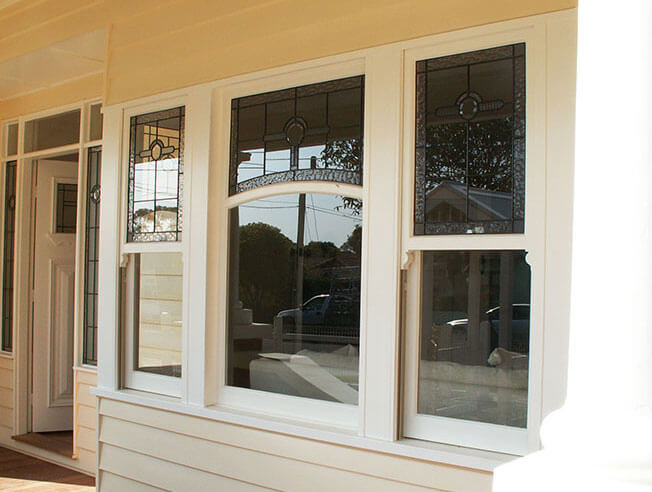All Categories
Featured
Table of Contents
Improve Your Home's Energy Efficiency With Double Glazing in West Leederville Perth
Laminated glass is typically utilized in areas in the home most prone to injury from human effect such as restrooms, doors, around staircases and in locations near to the floor (it meets the requirements of 'shatterproof glass' that is mandated for usage in these areas by Australian Standard AS 1288 Glass in structures).
Toughened glass has actually been 'tempered' by being reheated and rapidly cooled once again. This process makes it much stronger than basic glass it can withstand higher effect loads before breaking. It also makes it much safer since, when it does shatter, it breaks into many little cubic pieces rather than unsafe shards.
Double Glazed Windows Sydney in Mount Pleasant Perth
However, toughened glass has no thermal or acoustic advantages over other glass of the same toning or density. Secondary glazing is where single-glazed windows are retrofitted with a transparent acrylic or glass sheet attached to the inside of the frame or openable sash with a secondary frame or with magnetic strips.


Secondary glazing will not perform as well thermally as a produced IGU, because it is impossible to absolutely seal the boundary, however it can offer good noise control. Window films are a thin polymer film containing an absorbing dye or reflective metal layer, with an adhesive support. They stay with your glazing to alter its colour or make it reflective.
Glass & Glazing - Easy Windows Upvc Double & Triple ... in Wembley Downs WA
Applied to existing glass, some window films can halve the general SHGC of the window by taking in and/or showing solar radiation. This can be particularly helpful in hotter environments where cooling is the primary concern, or on east and west elevations directly exposed to extended periods of sunlight. Window films may also lower visible light transmittance.

For this factor, it is typically best to utilize a recognized installer of window movie. Frames have a significant influence on the thermal efficiency of windows and doors, due to the fact that energy can be gained and lost through the frame, along with through the glass. Various kinds of frame will allow different levels of heat gain and loss, so careful choice of frame is necessary for effective passive design.
Techniques For Double Glazing Windows in Helena Valley WA
Aluminium is likewise an extremely excellent conductor of heat and will reduce the insulating value of a glazing system, unless specifically crafted to decrease this. A 'thermally broken' frame is comprised of 2 aluminium sections linked by a structural insulator (typically a low-conductivity structural polymer). This 'breaks' the thermal connection through the aluminium and decreases the heat flowing through the frame.
They can be costly, however rates are reducing as they end up being more typical. Lumber frames are a great natural insulator that can match some home designs. Timber frames should be made from types that have naturally high durability or be dealt with to avoid decay and deformation. Examine that the lumber is sourced from a sustainably handled forest.
Twinglaze® Double Glaze Specification Act - Vic in WA Western Australia
(weather condition stripping) is installed.
u, PVC doors and windows have exceptional thermal efficiency Image: Ben Wrigley (Light Home Architecture and Science) Composite frames utilize aluminium profiles on the outer areas with either a timber or u, PVC inner section. These combine the low maintenance and toughness of aluminium with much improved thermal efficiency.
Table of Contents
Latest Posts
A Complete Guide To Double Glazed Windows in Padbury WA
Low Emission Glass - Glass Systems: Glass Manufacturer in Greenwood WA
Double Glazing Versus Secondary Glazing in Floreat Western Australia
More
Latest Posts
A Complete Guide To Double Glazed Windows in Padbury WA
Low Emission Glass - Glass Systems: Glass Manufacturer in Greenwood WA
Double Glazing Versus Secondary Glazing in Floreat Western Australia